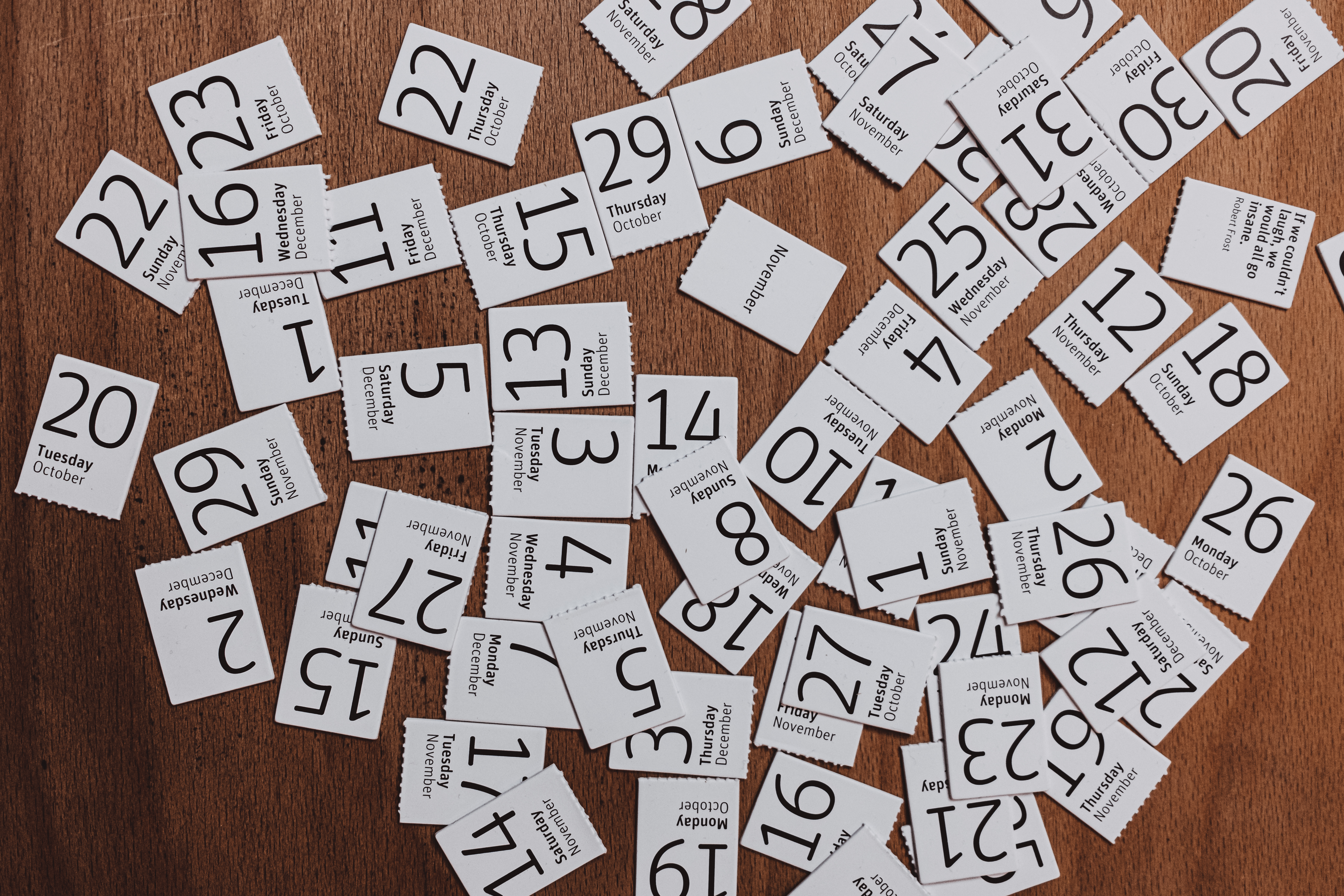The Gregorian calendar that we use today has a total of 12 months, with each month having a different number of days. Out of these twelve months, sevn have 31 days. These months are January, March, May, July, August, October, and December.
The reason why these months have 31 days is not based on any scientific or mathematical calculation, but rather on historical and cultural significance. January was named after Janus, the Roman god of beginnings and endings. March was named after Mars, the Roman god of war. May was named after Maia, the Roman goddess of fertility. July was named after Julius Caesar, the Roman military and political leader. August was named after Augustus Caesar, the first Roman emperor. October was named after the Latin word “octo,” which means eight, as it was the eighth month in the Roman calendar. December was named after the Latin word “decem,” which means ten, as it was the tenth month in the Roman calendar.
The remaining months have either 30 or 28 days, with the exception of February, which has 28 days in a common year, and 29 days in a leap year. A leap year occurs every four years, and is designed to keep the calendar year in alignment with the Earth’s orbit around the sun.
It is interesting to note that the rhyme “Thirty days hath September, April, June, and November” has been used for centuries to help people remember which months have 30 days and which have 31. While it may seem like a simple tool, it has proven to be quite effective in helping people keep track of the number of days in each month.
Seven out of the twelve months in the Gregorian calendar have 31 days. While the reason for this may be based on historical and cultural significance rather than scientific or mathematical calculation, it is still an important aspect of our calendar and helps us keep track of the passing of time.
Why Do Some Months Have 31 Days?
The Gregorian calendar that is widely used today has 12 months, with varying numbers of days in each month. However, seven months in this calendar have 31 days. So, what is the reason behind this?
The roots of the 31-day month lie in the ancient Roman calendar. This calendar had ten months, with the year beginning in March and ending in December. The months that follow September, October, November, and December were named for their position in the calendar, with their names derived from the Latin words for seven, eight, nine, and ten, respectively.
The original Roman calendar had only 304 days, which was 61 days short of the solar year. To keep the calendar in sync with the seasons, an additional two months, January and February, were added to the calendar. However, these months only had 28 or 29 days, which meant that the calendar still fell out of sync with the solar year.
To address this issue, Julius Caesar introduced a new calendar in 45 BCE, known as the Julian calendar. This calendar included 12 months, with each month havig either 30 or 31 days, except for February, which had 28 days in a normal year and 29 days in a leap year. The months of July and August were later added and both given 31 days to reflect their importance, having been named after Roman leaders.
The Julian calendar was later replaced by the Gregorian calendar in 1582, which is the calendar used today. The Gregorian calendar also has 12 months, with seven of them having 31 days. This is because these months were named after Roman leaders and given 31 days to reflect their importance.
The reason there are seven months with 31 days is because of the ancient Roman calendar and its subsequent modifications, including the Julian and Gregorian calendars. The months were named after Roman leaders and given 31 days to reflect their importance.

Months With 30 Days
The Gregorian calendar that is widely used across the world has 12 months in total, with varying days in each month. Out of these 12 months, four months have 30 days each. These months are September, April, June, and November.
September is the ninth month of the year, and it is the month that marks the beginning of the autumn season in the Northern Hemisphere. April is the fourth month of the year, and it is the month that marks the beginning of the spring season in the Northern Hemisphere. June is the sixth month of the year, and it is the month that marks the beginning of the summer season in the Northern Hemisphere. November is the eleventh month of the year, and it is the month that marks the beginning of the winter season in the Northern Hemisphere.
It is worth noting that the remaining eiht months of the year have either 31 or 28 (or 29 in a leap year) days. To summarize, the months that have 30 days are September, April, June, and November.
Months With 31 Days in Rhyme
The number of months that have 31 days can be remembered with a simple mnemonic rhyme: “Thirty days hath September, April, June, and November. All the rest have 31, exept February.” This means that there are a total of seven months that have 31 days, while the remaining four months have either 30 or 28/29 days.
To be more specific, the seven months that have 31 days are:
1. January
2. March
3. May
4. July
5. August
6. October
7. December
It is worth noting that this pattern of days in each month is a result of the Gregorian calendar, which was introduced by Pope Gregory XIII in 1582. This calendar was designed to better align the length of a year with the time it takes for the Earth to orbit the sun, which is approximately 365.24 days. As a result, the calendar includes leap years every four years, which adds an extra day to February and ensures that the calendar remains accurate over time.
Months With 31 and 30 Days
The Gregorian calendar consists of 12 months, where some months have 31 days, while others have 30 days. The following months have 31 days: January, March, May, July, August, October, and December. These months all have 31 days in common, and the rest of the months have 30 days. The following months have 30 days: April, June, September, and November.
It’s important to note that February is the only month that has 28 days in a non-leap year. However, every fourth year, February has 29 days instead of 28. This year is referred to as a leap year, and the 29th day of February is knwn as a leap day. Therefore, a leap year has 366 days instead of the usual 365 days.

Conclusion
The months with 31 days play an important role in our calendar. These months are named after Roman leaders and are considered significant, hence having 31 days to reflect their importance. The rhyme “Thirty days has September, April, June, and November” is an easy way to remember which months have 30 or 31 days. February is the only month with 28 days (or 29 in a leap year) and the leap year occurs once in four years, giving February an extra day. the distribution of days in each month allows for a well-organized and functional calendar that we use in our daily lives.
